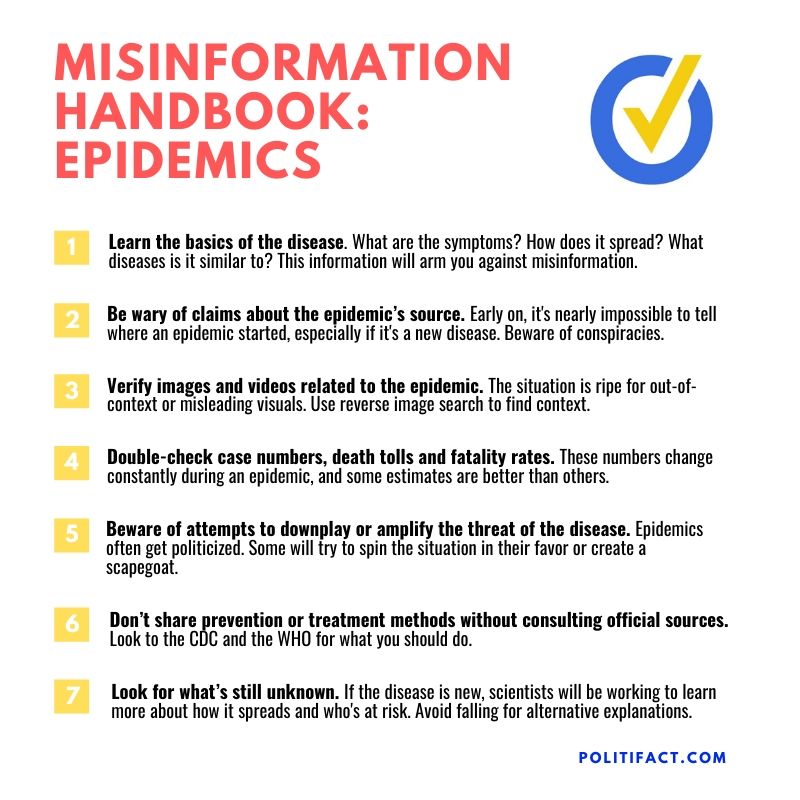02 novembro 2020
Development of a Public Coronavirus Twitter Data Set
COVID-19 Guide for Visual Journalists
COVID-19 Guide for Visual Journalists:
1. Don’t forget about COVID-19 on all assignments. Even on assignments not directly related to COVID-19, you still need to be prepared and make a plan for prevention of COVID-19 on each assignment. The risk to yourself, others, and the healthcare system isn’t worth it.
2. Don’t fly! Editors should not be sending people on any assignments that require a flight. There are talented photojournalists and videographers all over the world, and there is no excuse for flying anywhere other than straight home right now.
3. Don’t break quarantine to take an assignment (and editors should be asking about quarantine when giving assignments). If you have had a known exposure, or if you are coming from an area with high prevalence of COVID-19, remember to check local public health guidelines for quarantine requirements. You may be required to do 14 days of quarantine, and you may need to plan for that. Quarantine means do NOT under any circumstances leave your house/apartment or let anyone else in. This can save lives.
4. Don’t trust the numbers. You shouldn’t be making decisions about risk based on the number of reported cases. I have heard the sentiment, “there are only a few cases here” echoed many times. As you’ve all heard, testing is a limited resource and given the large numbers of people with little to no symptoms who are infected, you should assume that in most places there are far more cases than you know about.
5. Don’t assume you know what you’re doing. This virus is new. By the time you read this, there may be updated information that is not included here. Many visual journalists have gained important skills to keep themselves safe while covering Ebola. While some of them (good equipment cleaning and hygiene practices) are helpful, others may lead you to a false sense of security. Thankfully, COVID-19 infections are not as severe as Ebola infections; however, that means it is harder to detect and contain cases of COVID-19. Please monitor yourself for symptoms, but unlike Ebola, a daily temperature reading doesn’t exclude the possibility that you have COVID-19.
6. Don’t go out if you have any symptoms (fever, cough, muscle aches, sore throat, headache, loss of sense of smell). Do NOT leave your home, at all (unless you’re having trouble breathing, then go to the hospital). No one comes in and no one goes out. Otherwise, you are putting other people at risk. If you live with others, please have designated “hot zones” where you alone are allowed to go, no one else. Have “hot zone” towels, etc.
Do not leave your house until your symptoms are gone. If you do not have access to testing, wait a full 72 hours after symptoms resolve. If you test positive for COVID-19, stay isolated until at least 24 hours have passed since your last fever (without the use of fever reducing medications and improvement in respiratory symptoms e.g., cough, shortness of breath); AND at least 10 days have passed since symptoms first appeared. If you test positive but have not had any symptoms, self-isolate at least 10 days since the date of the first positive COVID-19 test.
The COVID Tracking Project
COVID-19 Resources / Help Desk
FMI: Policy Responses to COVID19
LatamChequea
Información chequeada sobre el Coronavirus: Desinformaciones que desmentimos y medidas oficiales de toda la región
Frente a la “infodemia”, la difusión de rumores y contenidos falsos, los chequeadores de Latinoamérica nos aliamos para compartir la información que producimos y, al unir esfuerzos, brindar mejor información a nuestras comunidades. Las desinformaciones que circulan en muchos casos son las mismas en distintos países y poder contar con el trabajo de otros ayuda a desmentir más rápidamente las falsedades y evitar su propagación.
Las notas que están publicadas en esta base pueden ser reutilizadas libremente siempre que se cite y ponga el link a la nota original.
-
The dangers of Covid-19 far outweigh the risks of a vaccine : So can I tell you that there won't be a long-term unknown side effect to t...
-
The Value of a Cure: An Asset Pricing Perspective : We provide an estimate of the value of a cure using the joint behavior of stock prices ...
-
The Oxford/AstraZeneca Vaccine Efficacy Data : We’re going to have to wait and collect more data to be able to say anything about these, fo...

